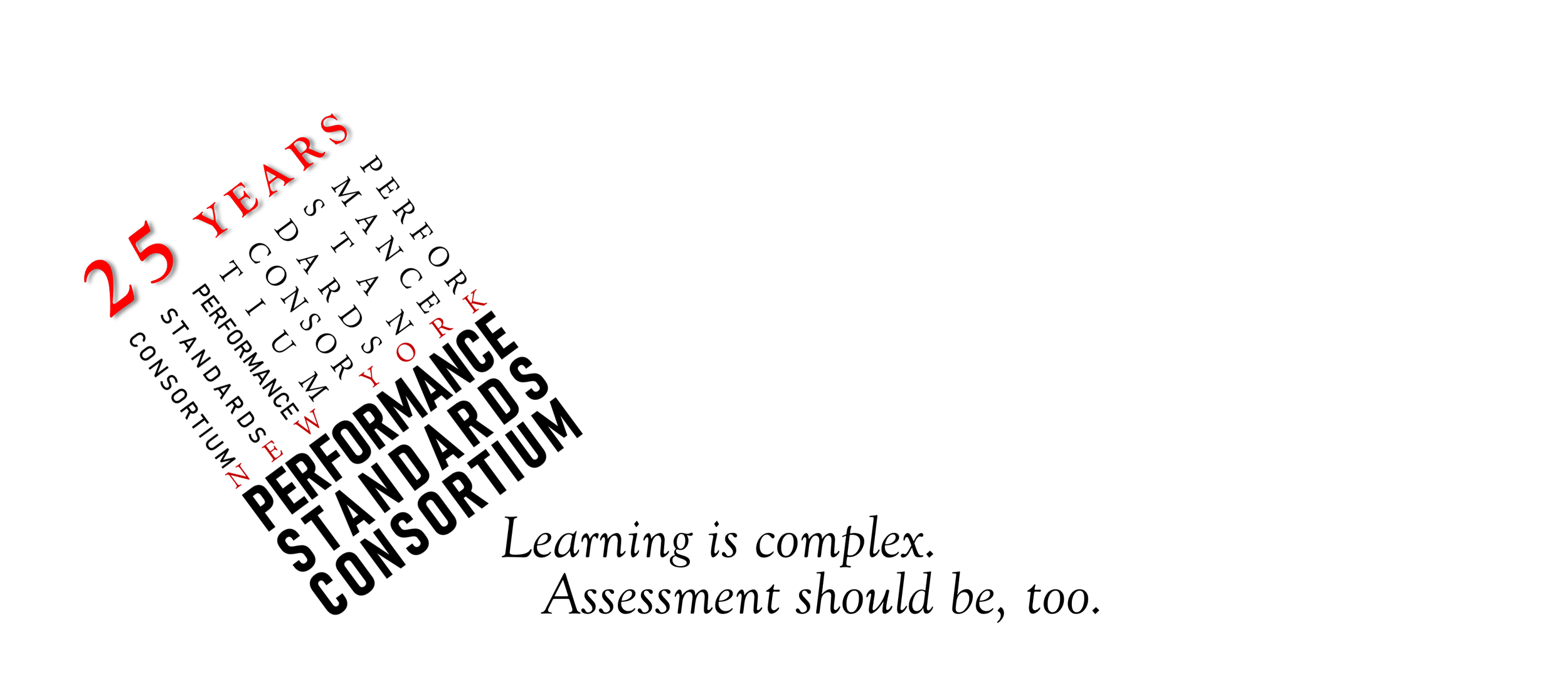The Consortium PBAT Model
The Consortium’s PBAT in English focuses on the reading and exploration of literature.
We still believe—even given the full panoply of videos, games, chats, and memes calling for our students’ attention—that being immersed in a good book, sharing thoughts and impressions of the characters and authors’ styles within a community of readers, and building incisive analyses through essay writing remain important features of a high school education.
We strive to create innovative courses that ignite the imagination, stir empathy for others, expand world views and knowledge, and lead to further inquiry.
Resources for Literature Teachers
Literature PBAT Rubric
The literature rubric has been designed by Consortium teachers. We have modified it over the years to reflect the standards we value as literature teachers and to best meet individual student goals. We also recognize the inherent value this work offers as a preparation for student success in college. This document explains the most recent changes to the rubric.Consortium Literacy Diagnostic
The diagnostic uses student writing in response to text to learn about students’ reading, writing, and analytical skills.
Interim Assessments in Literature
Interim Assessments in literature provide the practice and discipline students need to reach the level of high competency described in the literature rubric. Pedagogic strategies focus on encouraging students to think critically and deeply about literature and see themselves as a members in a community of thoughtful readers.
Curriculum Designed by Consortium Teachers
Navigating Identity in Literature (Course Outline)
This course uses literature to help answer and complicate questions of identity. The course explores how difference and otherness are produced, maintained, and reinforced through systems of inequality and oppression and how authors challenge these portrayals of difference. The course looks at ways people make space for their multifaceted identities in this complicated world and how individuals can be a source of change. Created by Joanna Dolgin.Developing Curriculum Using YA Literature
Created by Angela Jones.
Double Exposure: Poetry and Art
Created by Rachel Wolff & Laura Pawson, Middle College High School at LaGuardia Community College.
Do the Right Thing Curriculum Map
Created by Jessica Candlin, School of the Future.
Literature Resources for Teaching During a Pandemic
Consortium teachers came together in Summer 2020 to plan for the opening of school in the fall, knowing that at any time we may go from “hybrid” to remote to, maybe some day, in-person full day teaching. In other words, preparing for everything. . . . Uppermost in all of our minds was the desire to create a safe place for learning, a place that students could trust would be there for them and a place where their voice and their experiences mattered. The literature group focused on thematic development of courses that would engage students, ask them to think deeply about ideas related to the themes, present interesting and accessible texts and writing assignments that would grow out of the students’ discussions and opportunities to make choices for further exploration. These are the resources that came out of this meeting:
Examples of Student Literature PBAT Work
Italo Calvino on Alternate Realities — Outstanding
They Can’t Stand Up: Joe Turner’s Come and Gone — Good/Competent
The Man and Down These Mean Streets — Competent/Good
Explore Center For Inquiry materials about teaching literature and developing a culture of literacy
Back to the Books offers new ways to think about creating a culture of literacy in your school. Both the book and video follow seasoned teachers and examine the strategies they've used to engage students in the excitement of both making texts meaningful and creating their own texts. Contact info@performance assessment.org to order copies of the book.
Talk, Talk, Talk



